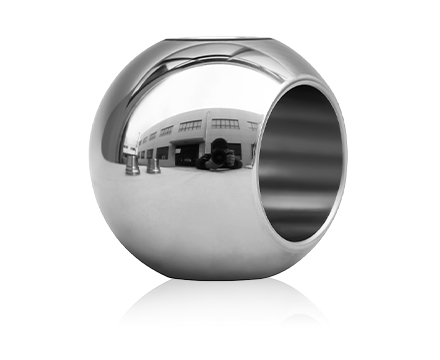Pressure testing is a critical process in the manufacturing and quality assurance of valve units, especially for ball valves used in various industrial applications. Ensuring that each valve meets stringent standards is essential for safety, reliability, and performance. In this article, we will explore how pressure testing contributes to consistent quality in ball and valve production, with a focus on metal seated trunnion ball valves and 4 inch flanged ball valves.

Ball valves are widely used in fluid control systems due to their simple operation, durability, and ability to provide a tight shutoff. A ball valve uses a spherical ball with a hole through the center to control flow. When the ball rotates, it either allows flow or blocks it completely. Because ball valves are involved in regulating high-pressure fluids and gases, their components must withstand significant stress without leaking or failing.
Among various types of ball valves, metal seated trunnion ball valves are designed for more demanding conditions. Unlike soft-seated ball valves that use polymer seats, metal seated valves use metal components for seating. This construction allows them to handle higher temperatures, abrasive fluids, and more bad pressures. The trunnion design, where the ball is supported by bearings or shafts at the top and bottom, reduces the torque needed for operation and improves durability under high pressure. Due to these features, metal seated trunnion ball valves are often used in oil and gas, power generation, and chemical processing industries.
A common size for many industrial applications is the 4 inch flanged ball valve. The flange connections make it easier to install and maintain these valves within piping systems. Flanged valves provide secure and leak-resistant joints, which are crucial when the system operates under high pressure or hazardous conditions. The 4 inch dimension is typical for mid-size pipelines, balancing flow capacity and space requirements.
The importance of pressure testing in ball valve manufacturing cannot be overstated. This testing verifies that each valve can endure operational pressures without leakage, deformation, or failure. Pressure testing typically involves applying a controlled internal pressure to the valve body and seating surfaces while monitoring for leaks or structural weaknesses. Tests may include hydrostatic testing, where water or another liquid is used, and pneumatic testing, which uses compressed air or gas. Each method has advantages depending on the valve’s design and application.
For ball and valve manufacturers, pressure testing is integrated into the production line to catch any defects before the valve leaves the factory. During testing, the 4 inch flanged ball valve undergoes pressure cycles that simulate real-life conditions, including sudden pressure spikes and prolonged exposure to high pressures. Metal seated trunnion ball valves are subjected to similar rigorous protocols, ensuring that the metal seats and trunnion supports maintain integrity under stress.
One of the key challenges addressed by pressure testing is ensuring the sealing capability of the valve. In ball valves, sealing is achieved by the contact between the ball and the seat. For metal seated valves, the metal-to-metal contact must be precise and uniform to prevent leaks. Pressure testing helps identify any inconsistencies in seat machining, assembly errors, or material defects that might cause failure in the field. This process helps manufacturers deliver valve units that comply with required industry standards and customer specifications.
Furthermore, pressure testing also evaluates the valve’s structural strength. The valve body, whether made from cast steel, stainless steel, or other alloys, must resist deformation under pressure. The flanged ends of a 4 inch flanged ball valve are also checked for proper sealing against mating flanges. Any deformation or damage could advance to leaks or mechanical failure during service.
In addition to quality control, pressure testing data provides valuable feedback to the manufacturing and engineering teams. If a valve fails a pressure test, the defect is analyzed to determine the root cause. This information can advance to design improvements, material selection changes, or process adjustments that improve the overall consistency and reliability of future valve units.
In summary, pressure testing plays a fundamental role in ensuring consistency in every valve unit produced. Ball valves, including metal seated trunnion ball valves and 4 inch flanged ball valves, rely on this rigorous testing to confirm their ability to operate safely and efficiently in demanding industrial environments. By applying pressure testing throughout the production process, manufacturers can maintain quality, reduce the risk of field failures, and support customers with reliable valve components that meet their specific needs.
Through this commitment to thorough pressure testing and quality control, ball and valve producers can deliver products that perform dependably over time, safeguarding system integrity and operational continuity across a wide range of industries.